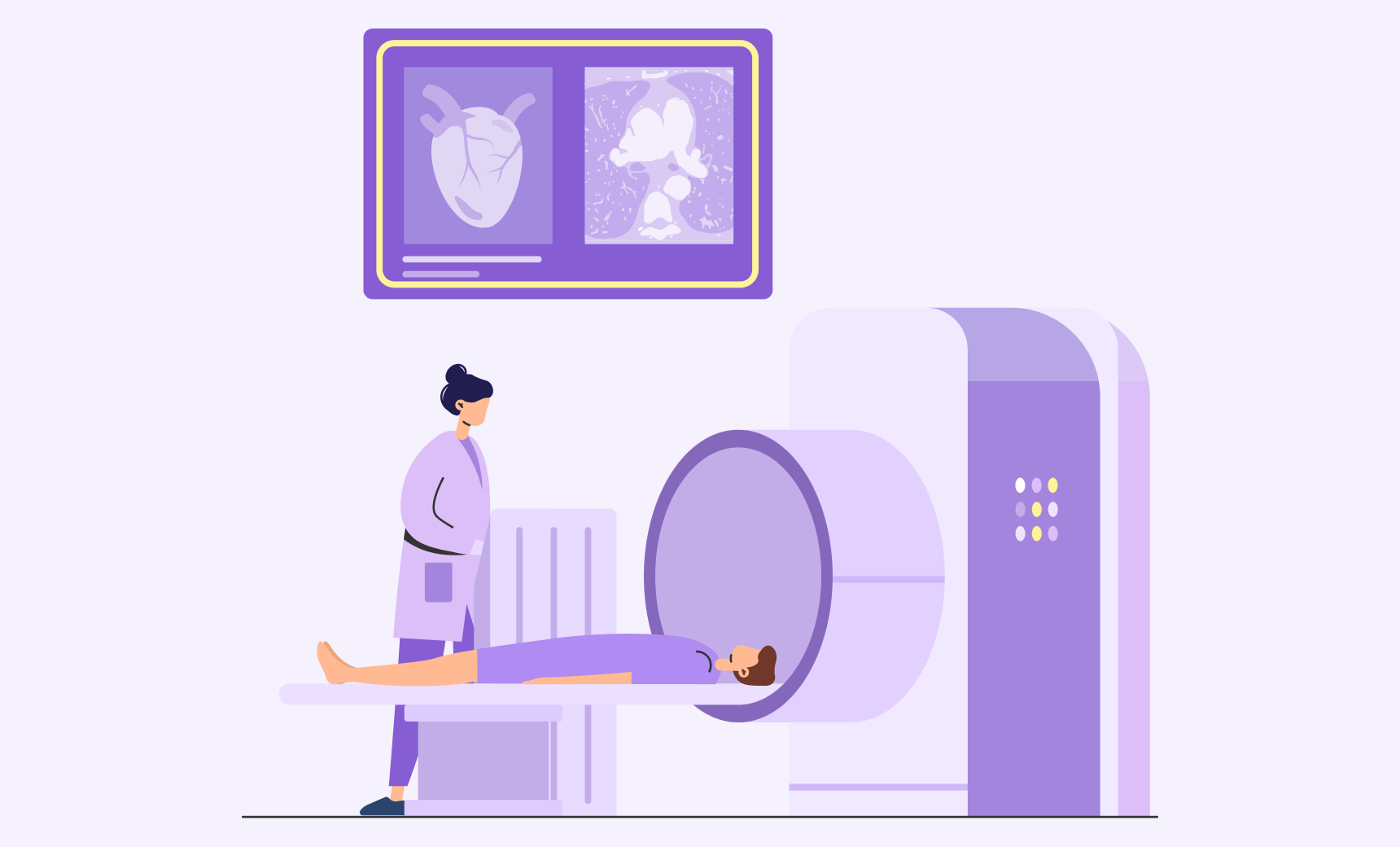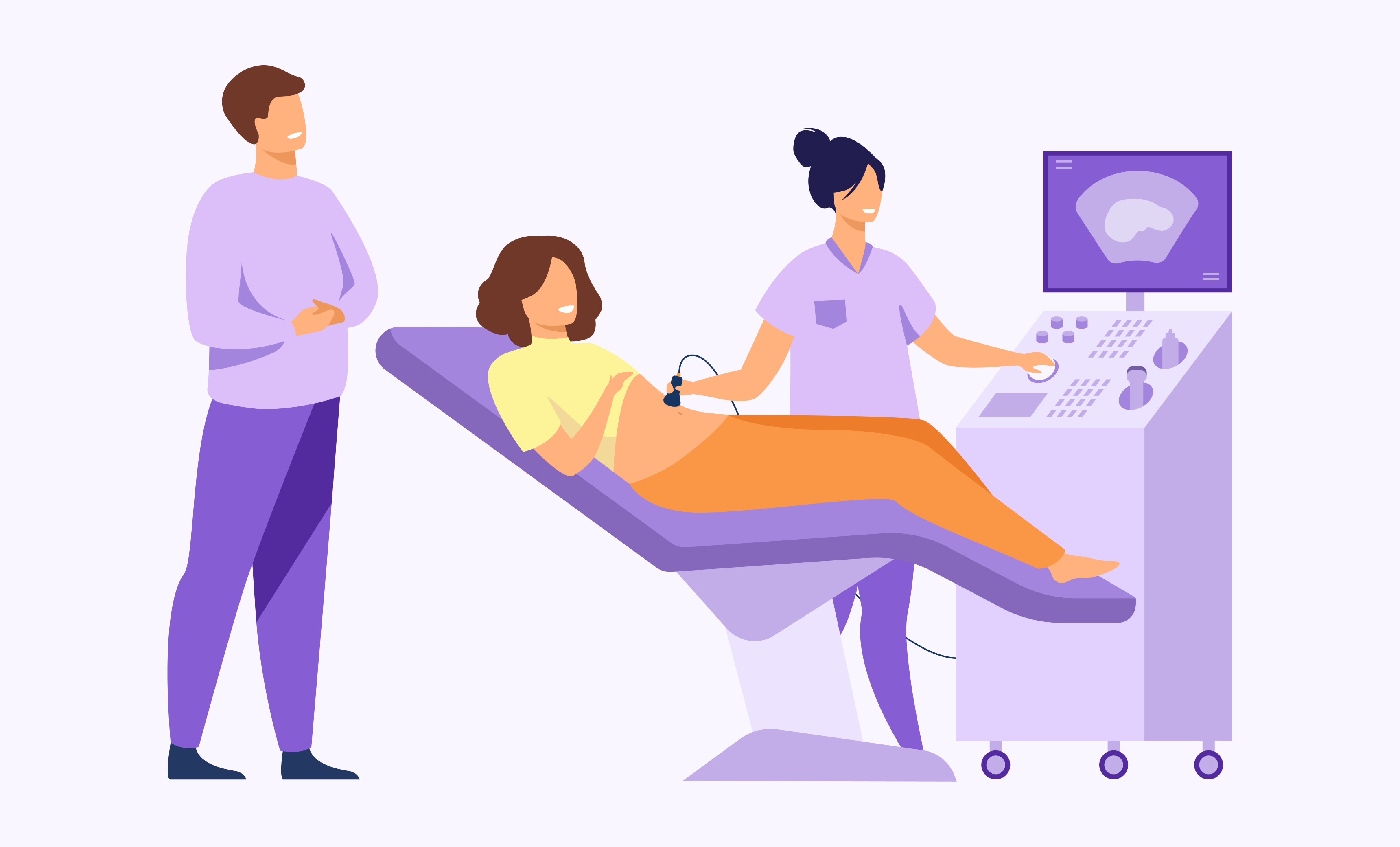
Celebrating Movember: Top Tests for Men’s Health
Men’s health is in crisis. Learn more about the importance of Movember and staying on top of your health.
What is Movember?
Men’s health is in crisis. Men die an average of 4.5 years younger than women, and most of the time, this is avoidable. More and more men—about 10.8 million around the world—are living with prostate cancer. Testicular cancer is the most common type of cancer in young guys around the world. And every minute, somewhere in the world, a man tragically takes his own life. Men are responsible for 69% of all suicides.
Over the course of one month every year, in November, men all over the world grow mustaches to bring attention to and raise money for men’s health problems, especially prostate cancer, testicular cancer, and mental health. Male supporters will grow mustaches and sometimes raise money for causes to raise awareness of men’s health.
Why get tested for prostate cancer?
In the United States, prostate cancer is the most common type of cancer found in men. Every year, more than 1.4 million men around the world are told they have prostate cancer. Getting tested for prostate cancer is crucial because early detection can significantly improve the chances of successful treatment. Prostate cancer may not show symptoms in its early stages, and testing can identify the presence of cancer cells before they become a serious threat.
What is the test for prostate cancer?
The prostate-specific antigen (PSA) blood test and the ultrasound prostate test are the two main ways to check for prostate cancer. The PSA test checks the amount of a certain protein in the blood. An ultrasound prostate test uses sound waves to make pictures of a man’s prostate gland and help doctors figure out what’s wrong when he has signs like not being able to urinate or having a high blood test result. It’s also used to look into a bump discovered during a rectal check, find problems, and find out if the gland is bigger.
These tests may assist in the early detection of prostate cancer or in determining if additional assessment, such as a biopsy, is required. Have a conversation with your primary care physician or other healthcare practitioner to establish the screening method that is most suited to your specific age and risk factors.
Why get tested for testicular cancer?
Among young men, testicular cancer is by far the most prevalent form of the disease. The early detection of testicular cancer greatly improves the chances of a successful treatment. Successful therapy is more likely when detected early, and less invasive measures may be used. If you ignore cancer signs or fail to get regular tests, the disease might progress to a more difficult-to-treat stage. Those at risk have a greater chance of survival if they are tested often.
What is the test for testicular cancer?
Testicles and Scrotum Ultrasound is a painless radiology exam that can be used to check for abnormalities such as cysts or tumors. Similar to how it may identify a baby in a woman’s uterus, an ultrasound uses sound waves that echo when they hit something thick, like a tumor. What is under the surface of the skin may be seen by projecting the ultrasonic pictures onto a computer screen.
Ultrasounds are quick and simple procedures that often cause little discomfort. Your scrotum will be coated in gel, and a transducer will be pushed into it. Painlessly evaluating the testicles and scrotum with ultrasound is a common non-invasive diagnostic tool used in radiology.
Mental health next steps
Online mental health resources may play a significant role in resolving male mental health issues. For a variety of reasons, online mental health platforms like cerebral.com and betterhelp.com may be useful in addressing men’s mental health difficulties.
These platforms allow quick access to mental health services, which may be especially useful for men who may be reluctant to seek treatment in conventional in-person settings owing to stigma or other hurdles. Online platforms may also help bridge the gap in mental health inequalities, making assistance and information accessible to a larger audience, including individuals who would not otherwise have access. Explore each platform and do some research to see whether it has been shown to be beneficial in addressing men’s mental health difficulties.





The LabFinder Editorial Team is behind The Illuminator and The Insider, LabFinder’s consumer and business blogs.
Dr.Robert Segal
Dr. Segal is CEO and co-founder of LabFinder, as well as a board-certified cardiologist. He began practicing medicine in 2002 and has founded several businesses, including Medical Offices of Manhattan and Manhattan Cardiology.